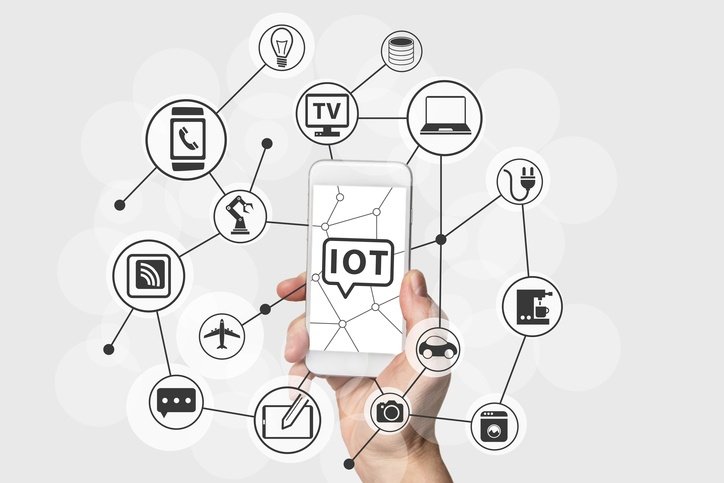
What Does IoT Mean for Your Retailers?
By now we’ve all heard of the Internet of Things (IoT). But what does it mean for everyday merchants? And what should payment service providers know about this trend?
First, it’s important to understand that IoT is an essential aspect of the omnichannel evolution in payments. Increasingly, consumers expect a seamless retail experience that blends the convenience of online shopping with a personalized and interesting retail setting. From a merchant perspective, the ultimate goal of omnichannel is “any purchase, anytime.” IoT is a natural extension of this approach.
In simplest terms, IoT refers to any type of gadget or app that can be connected wirelessly to transmit information to consumers and to the provider. In a retail setting, this can include items with a focus on enhancing consumer interaction, such as in-store kiosks providing product information, beacon technology that sends instant promotions based on a customer’s browsing patterns, and digital signage displaying to-the-minute specials and discounts.
From a retailer’s perspective, IoT can include sensors that track what customers pick up and examine, devices that provide predictive maintenance for items such as refrigerator cases, RFID tagging systems to quickly locate warehouse pallets, and even “smart” shelves that notify the retailer when they are running low on inventory. What all these items have in common is their data potential.
While retailers and consumers have very different data expectations and needs, IoT leverages connectivity to allow both parties to get what they want. Retailers value information about their customers: how they browse, what they value, and what they purchase. And retailers need accurate information to maximize supply chain efficiency. With extensive data feeding in from many connected sources, retailers can more easily develop actionable insights to guide business growth.
On the consumer side, shoppers value choices, control, and customization. IoT helps put this power in their hands. Consider something as simple as self checkout. A well-designed, reliable self checkout frees the customer from passively standing in line, waiting on someone else’s timeline. Instead, the customer has control over the checkout experience. As IoT options expand, it’s anticipated that customers may eventually bypass the register entirely, checking items out as they place them in the cart, or even before entering the store via mobile app. The sky’s the limit.
While the potential of IoT is limitless, it can’t happen without the sometimes-hard work of incorporating technology into the retail setting. As a payment service provider, you may be dealing with merchants who may not have the time, expertise, or interest in developing in-store technology. However, it’s important to make sure your merchants realize that, for the vast majority of retail settings, business as usual is over.
To stay competitive, retailers need to get creative. Selling on price alone is a non-starter, as the internet has made price matching ubiquitous. Instead of simply trying to play catch up to online sites, retailers should focus on providing something else entirely. By embracing IoT and its associated technologies, retailers can provide consumers with the best of both worlds - the convenience of data at their fingertips, combined with a personalized, interactive physical touch. And that’s something Amazon can’t match.
